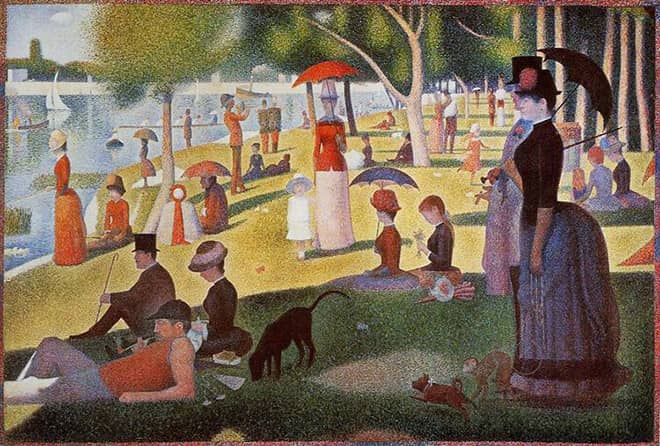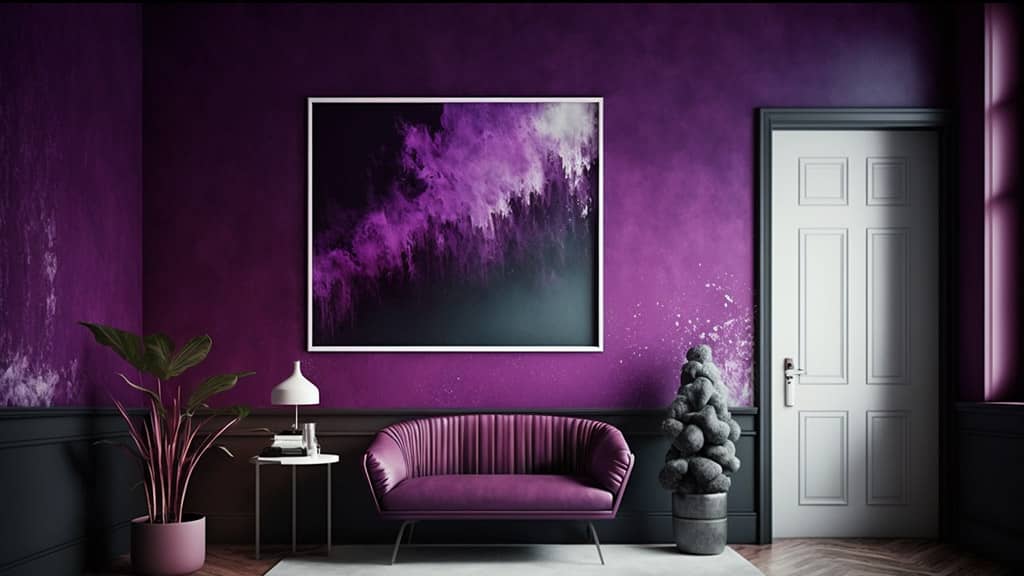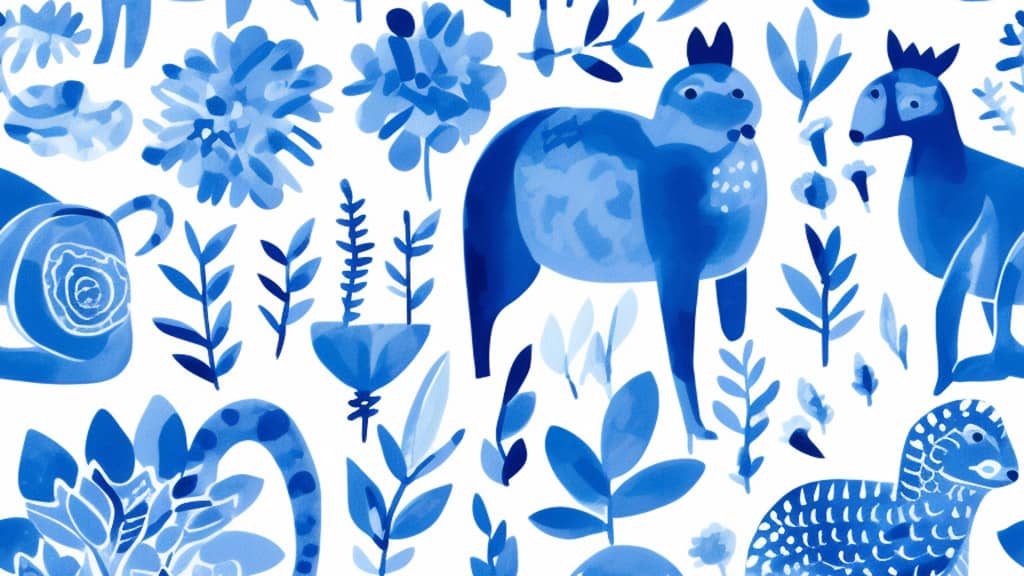Byzantine Purple: a color fit for royalty
The color purple has long been associated with royalty, power, and luxury. But did you know that there’s a specific shade of purple that was favored by the emperors of the Byzantine Empire? This color, known as Byzantine purple, has a rich history and is still used today in art, fashion, and design.
A brief history of Byzantine Purple
Byzantine purple has its origins in the ancient Phoenician city of Tyre, where a rare sea snail called the Murex was found. The snail’s gland produced a purple dye that was highly prized in the ancient world. The dye was so expensive that only the wealthiest could afford to wear it, and it became a symbol of status and power.
The Byzantine Empire, which existed from 330 to 1453 AD, was known for its opulence and extravagance. The emperors of Byzantium adopted the color purple as a symbol of their imperial authority, and they went to great lengths to keep the source of the dye a secret. The production of Byzantine purple was controlled by the state, and anyone caught stealing the dye or revealing the secret of its production faced severe punishment.
Interesting facts about Byzantine Purple
- Byzantine purple was so expensive that it was worth its weight in gold.
- The dye was used not only for clothing but also for painting and writing.
- In the Roman Empire, only the emperor was allowed to wear a toga entirely dyed with Byzantine purple.
- The color was also associated with the church, and purple robes were worn by bishops and cardinals.
- Today, the color is still used in some national flags, including that of Scotland.
Pantone color codes for Byzantine Purple
If you’re looking to use Byzantine purple in your design work, there are a few different Pantone color codes that you can choose from. Pantone 2612 C is a rich purple that closely matches the original Byzantine purple. Also, here are the colors that we could call (more or less) like Byzantine purple, along with their Pantone color codes.
- Pantone 2617 C
- Pantone 2685 C
- Pantone 266 C
- Pantone 2597 C
- Pantone 2602 C

Paintings featuring Byzantine Purple
Byzantine purple has been used in art throughout history, and there are many famous paintings that feature the color. One of the most well-known is “The Coronation of the Virgin” by Diego Velázquez, which depicts the Virgin Mary being crowned by the Holy Trinity. Mary is dressed in a deep purple robe, which symbolizes her regal status as the Queen of Heaven.
Another famous painting that features Byzantine purple is “A Sunday Afternoon on the Island of La Grande Jatte” by Georges Seurat. This pointillist painting features several figures wearing different shades of purple, which adds interest and depth to the scene.
These paintings showcase how purple has been used in art to add a variety of different effects, from creating a sense of regality and drama to adding depth and interest to a scene. Whether used in a vibrant bouquet of flowers or a richly textured robe, purple has been a popular color choice for artists throughout history.

Bringing Byzantine Purple into your life
If you’re inspired by the rich history and regal qualities of Byzantine purple, there are many ways to incorporate the color into your life. Consider adding a piece of clothing or accessory in a deep purple hue to your wardrobe, or using Pantone 207 C in your branding or design work. You can also explore the use of purple in your home decor, from painting an accent wall to adding throw pillows or curtains in shades of Byzantine purple.
In conclusion, Byzantine purple is a color that has stood the test of time and continues to captivate and inspire people today. From its origins in ancient Tyre to its use in modern design and art, this shade of purple has a rich and fascinating history. With its associations with royalty, power, and luxury, Byzantine purple is a color fit for emperors and queens. Whether you’re looking to add a touch of regal elegance to your wardrobe, branding, or home decor, Byzantine purple is a color that is sure to make a statement. So why not bring a little bit of history and luxury into your life with this stunning shade of purple?
Contrast color palette inspired by Rene Magritte
Deep autumn color palette inspired by Rousseau



